A collaborative project supported by the Conservation Leadership Programme (CLP) has started developing new initiatives and forged connections to help advance wildcat conservation in South America.
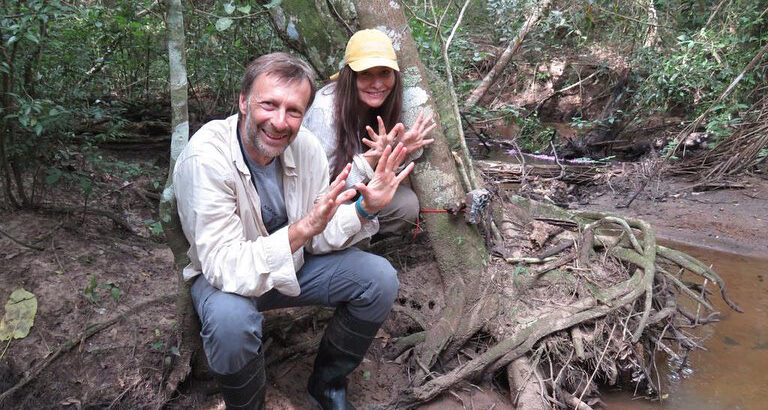
In May 2023, a CLP Learning Exchange brought two alumni together across South America: Mauro Lucherini, from Argentina, travelled to meet Paola Nogales Ascarrunz in Bolivia, where they would begin an exciting collaboration to conserve wildcats in the Chiquitania dry forest.
Just five months later, we are already seeing the benefits. Having learned from Mauro how to set camera traps, Paola has now collected camera-trap footage of five wildcat species (and other mammal species) in the Bolivian Chiquitania.
What’s more, after visiting an ongoing wildcat conservation project in Brazil, both Mauro and Paola have learned telemetry techniques and strengthened bonds with other conservationists to help protect wildcats across South America.

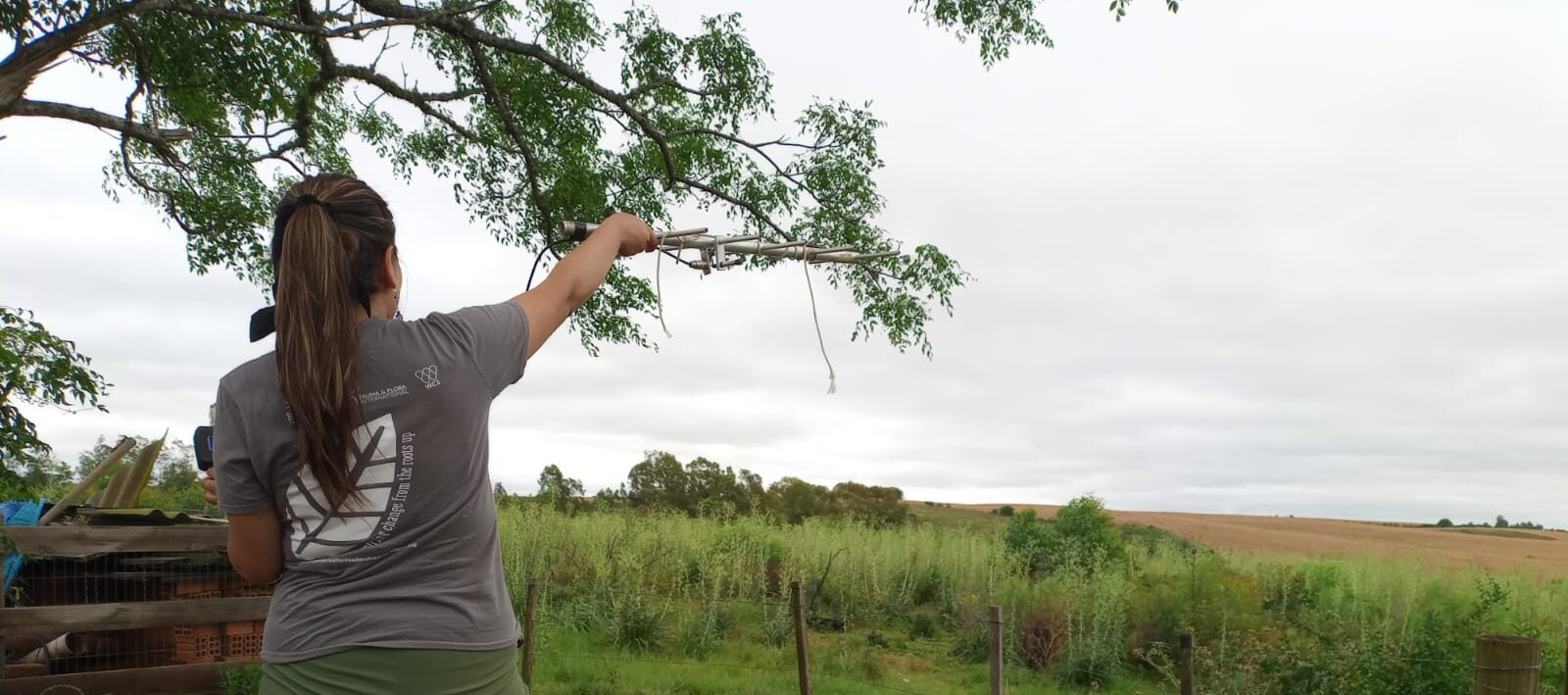
Reducing human-wildcat conflict
The aim of this CLP Learning Exchange was to build on Paola’s 2020 CLP project on small wildcat conservation in the Chiquitania – a region of tropical savannas in the department of Santa Cruz, eastern Bolivia.
One of the key outcomes of Paola’s 2020 CLP-funded project was a promising solution to reduce conflict between wildcats and local communities in this region.
“During my CLP project, I interviewed local people who told me they were trapping and killing small wildcats, like ocelots, when they attacked chickens in the community,” explains Paola, a recent Masters graduate in Ecological and Evolutionary Genomics and an Associate Researcher at the Natural History Museum of Bolivia.
Paola also leads the Programa de Investigación Felidos Bolivia (PIF Bolivia), a local conservation initiative dedicated to promoting coexistence between rural communities and wildcats, and creating technology to take conservation actions.
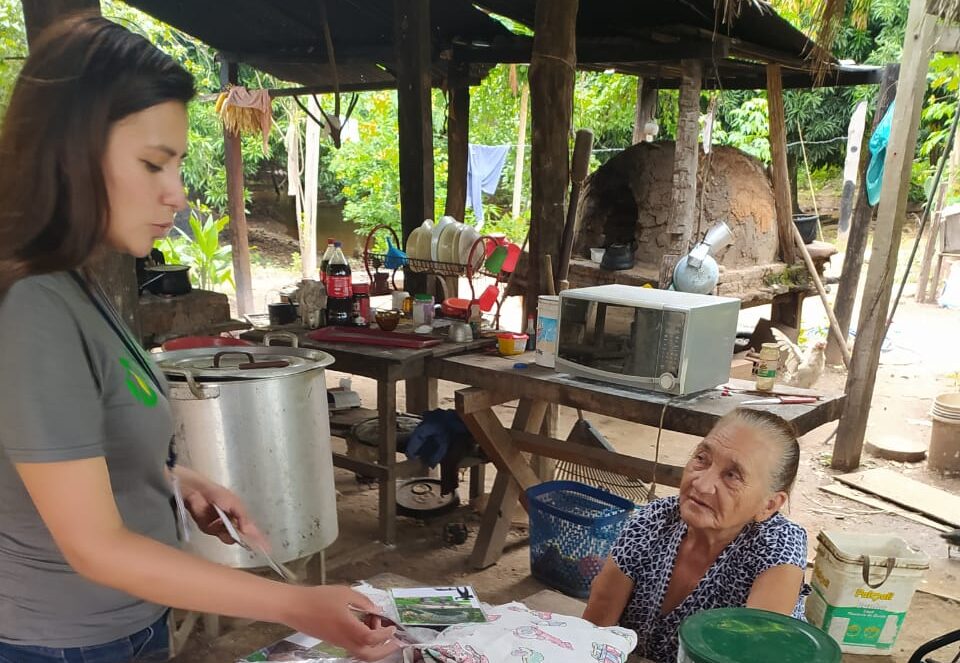
During Paola’s 2020 CLP project, she continued her efforts engaging with local communities, who suggested moving the wildcats to other protected areas in the region (translocation) where they would no longer be in conflict.
But Paola needed help to put this solution into practice: “There is currently no official protocol in place to translocate small wildcats in Bolivia and I needed a mentor with the right expertise to help me create one.”
In particular, she needed to learn how to identify suitable areas for translocated small wildcats; develop capture and handling procedures; and monitor the success of the translocations using camera traps and radiotelemetry.
The search for a mentor
As for all CLP alumni, Paola could access the CLP Alumni Network in her search for a mentor. Since CLP first started supporting emerging conservationists 38 years ago, the CLP Alumni Network has grown to over 3,100 conservation practitioners across the world, some now among the most celebrated and respected leaders in the sector.
One person on this list leapt out as a suitable mentor: Mauro Lucherini, an expert on wild carnivores and senior researcher at the INBIOSUR, Universidad Nacional del Sur and CONICET, Argentina.
A three-time CLP award-winner (in 2001, 2003 and 2009) council member of the Andean Cat Alliance, and serving in both IUCN Cat and Canid Specialist Groups, Mauro was perfectly poised to provide Paola with the guidance she needed.
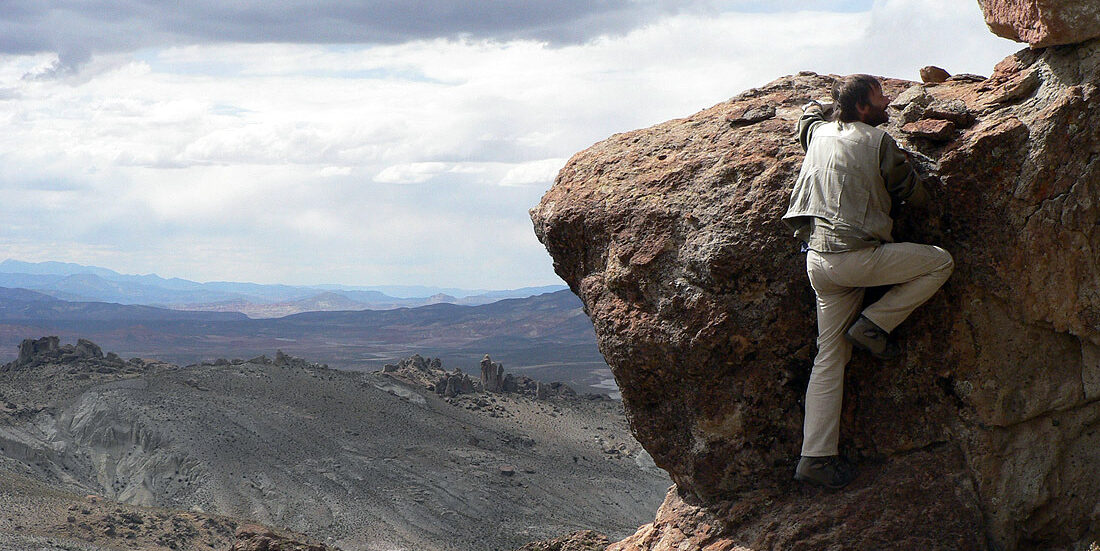
A CLP collaboration begins
After several months of planning, in May 2023, Mauro and Paola embarked on their first field expedition in the Bolivian Chiquitania, as part of their CLP Learning Exchange.
Over a period of four days, Paola and her team at PIF Bolivia deployed 10 camera traps under Mauro’s supervision. The traps were placed around the Centro de Investigaciones Ecológicas Chiquitos in Concepción, Santa Cruz, in areas where various wild cats had previously been spotted.
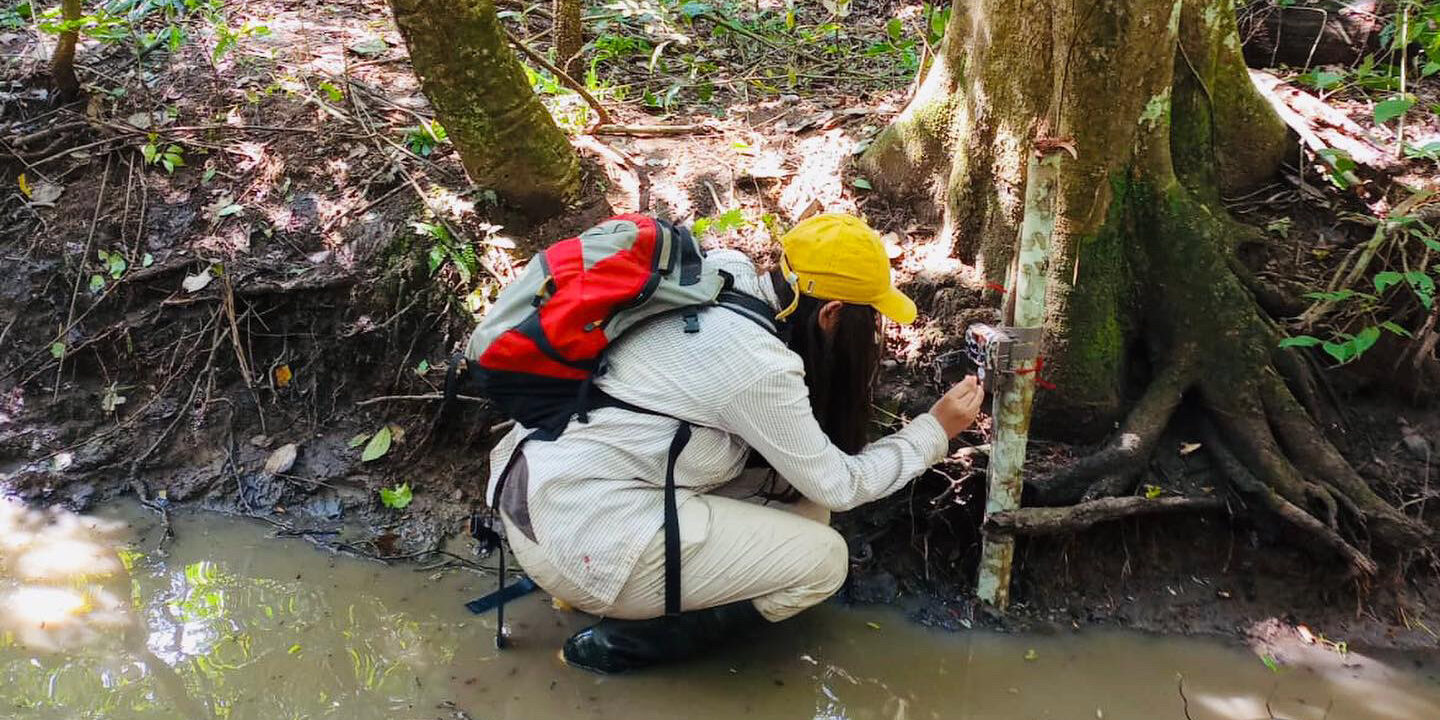
Since then, the camera traps have captured footage of jaguars and pumas, as well as three lesser-known small wildcats (those Paola calls “the forgotten ones”): ocelots, jaguarundi and margay.
Although these species are already known to this region, the cameras have uncovered new information about certain types of places they visit, like fallen trees or small caves.

The cameras have also captured images of 13 other mammal species in the area, including the globally endangered lowland tapir and white-lipped peccary.
“This first expedition was a real eye-opener for me because I got to learn first-hand from an expert on how to deploy camera traps. The results we are already getting show how valuable this CLP Learning Exchange will be for monitoring the success of wildcat translocations in the future,” said Paola.


During this first expedition, Mauro and Paola also discussed the challenges of conservation projects devoted to small wildcats in areas where little background information is available.
“We reviewed a variety of potential sources of funding and discussed possible collaborative initiatives involving other partners,” said Paola.
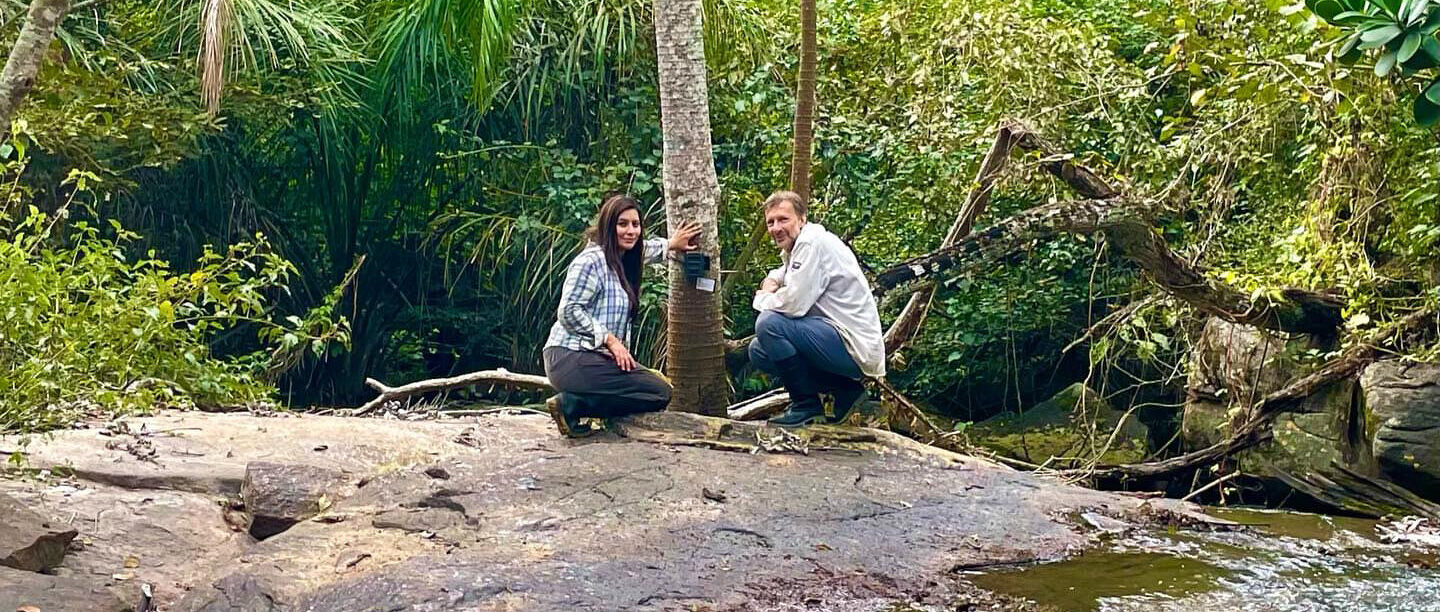
The CLP collaboration continues
This month (November 2023) Mauro and Paola embarked on the second and final stage of their CLP Learning Exchange. They travelled to Brazil where they observed the ongoing project, “Felinos do Pampa” (Wild Cats of the Pampa Conservation Project) members of the Geoffroy’s Cat Working Group.
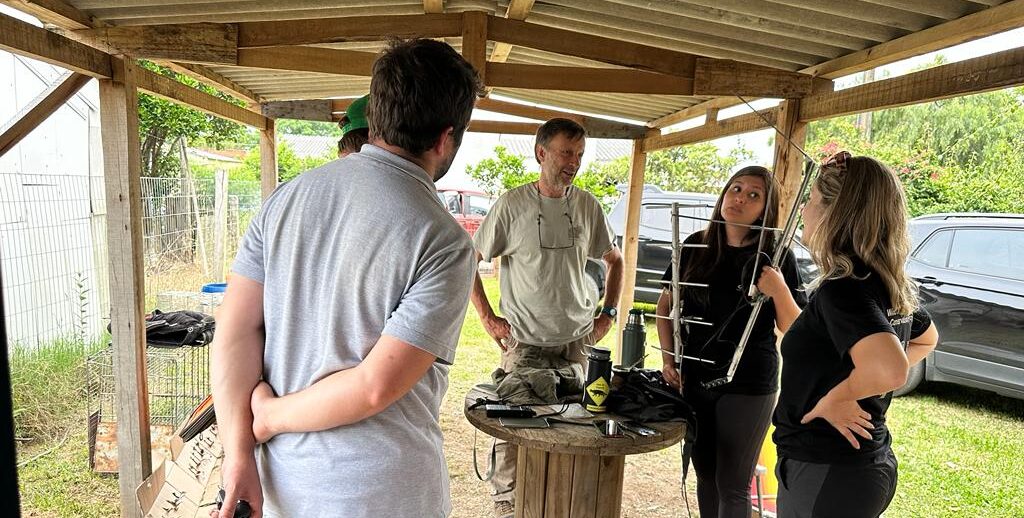
Over two days in the field, Mauro and the local project staff showed Paola how to track radio-tagged cats and set up live traps for capturing and monitoring small wildcats as part of any future translocations.
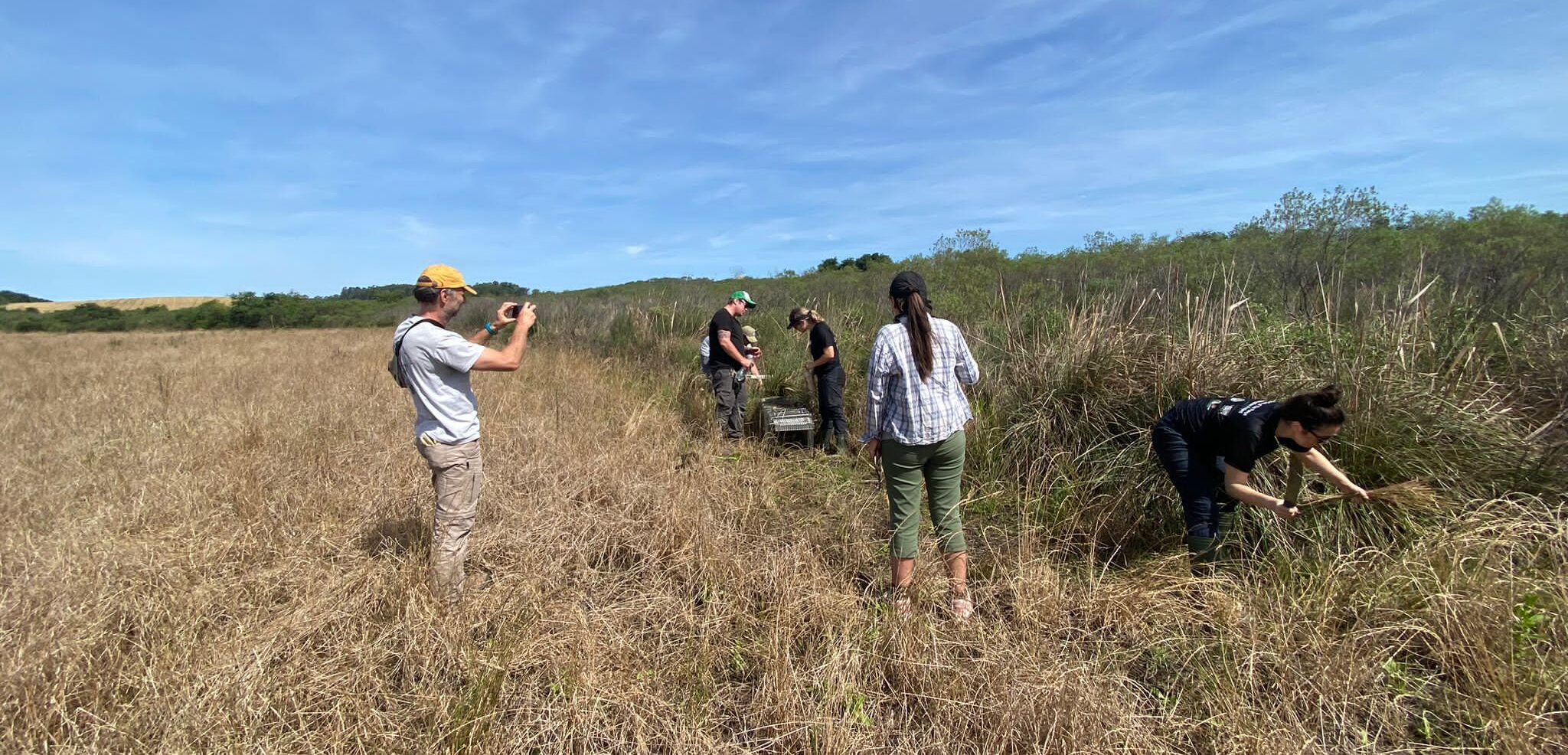
“This was a unique learning experience, not just for me but also for Mauro. For the first time, he saw the challenges involved in studying small wildcats in the Chiquitanian dry forest. And we both learned new telemetry techniques,” said Paola.
Additionally, the trip helped to strengthen the bonds between several members of the recently created the Geoffroy’s Cat Working Group, making their efforts to conserve this small wildcat, and other species that co-occur with it, more effective.
We express our sincere thanks to Arcadia – a charitable trust of Lisbet Rausing and Peter Baldwin – for funding this Learning Exchange.
Want to learn more?
Find out more about these South American wildcat conservation projects on Instagram:
For more updates like this, follow CLP social media (@CLPawards on Facebook, LinkedIn, Instagram and Twitter/X) and sign up to our newsletter – or get in touch with us at clp@birdlife.org. We’d love to hear from you!
Also, don’t forget to check our website for funding opportunities as we are always on the lookout for the next Mauro or Paola!




